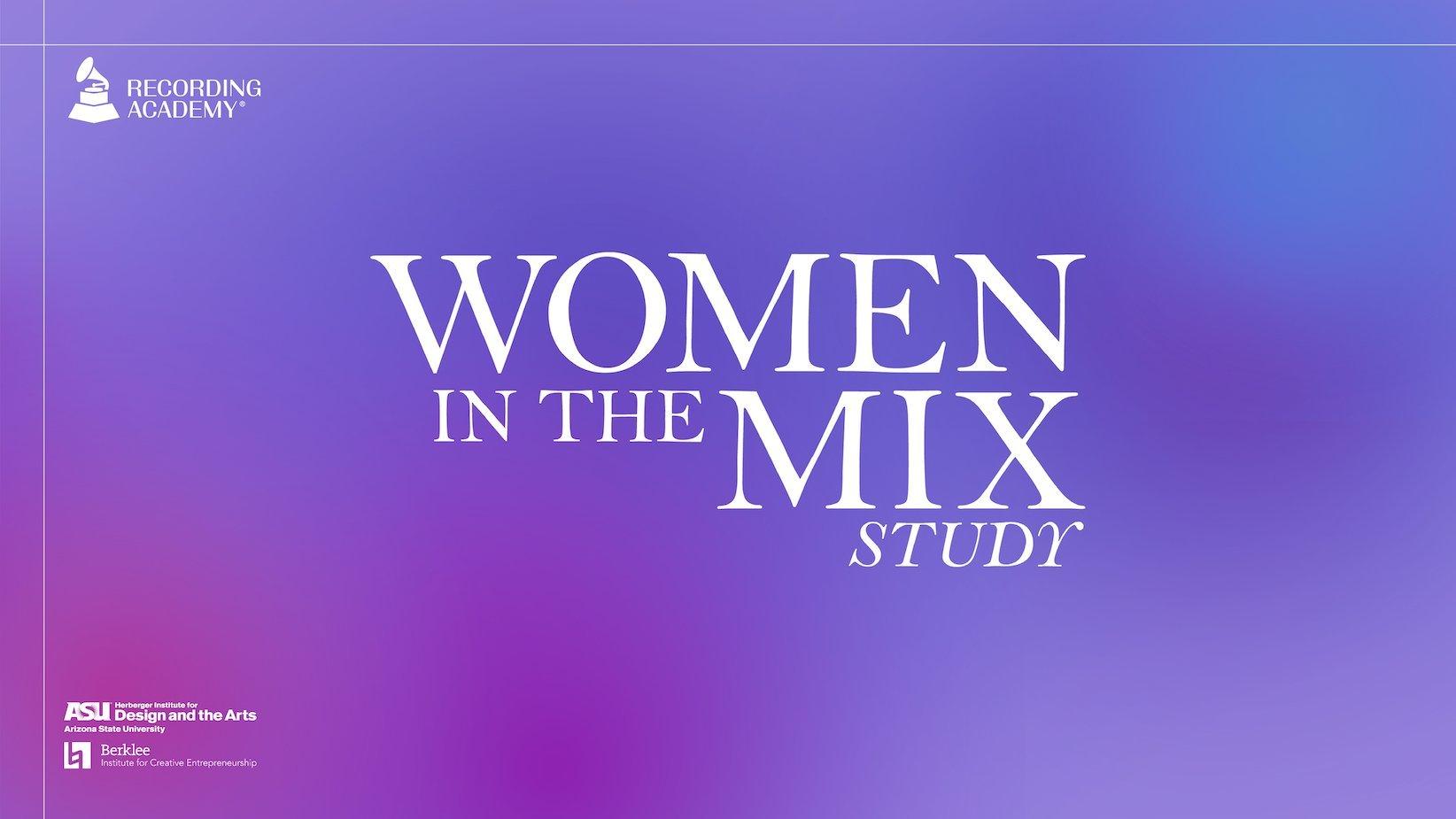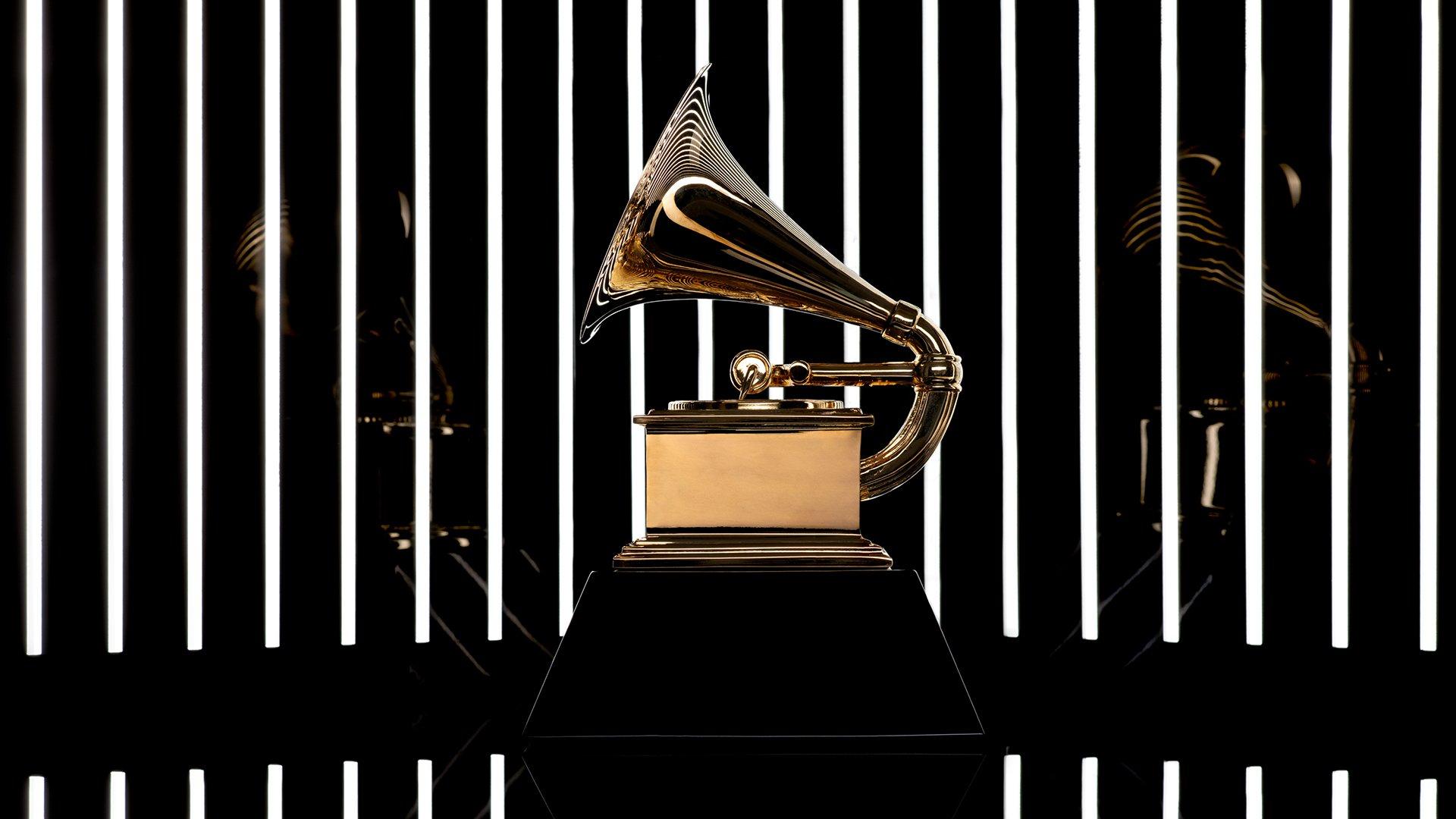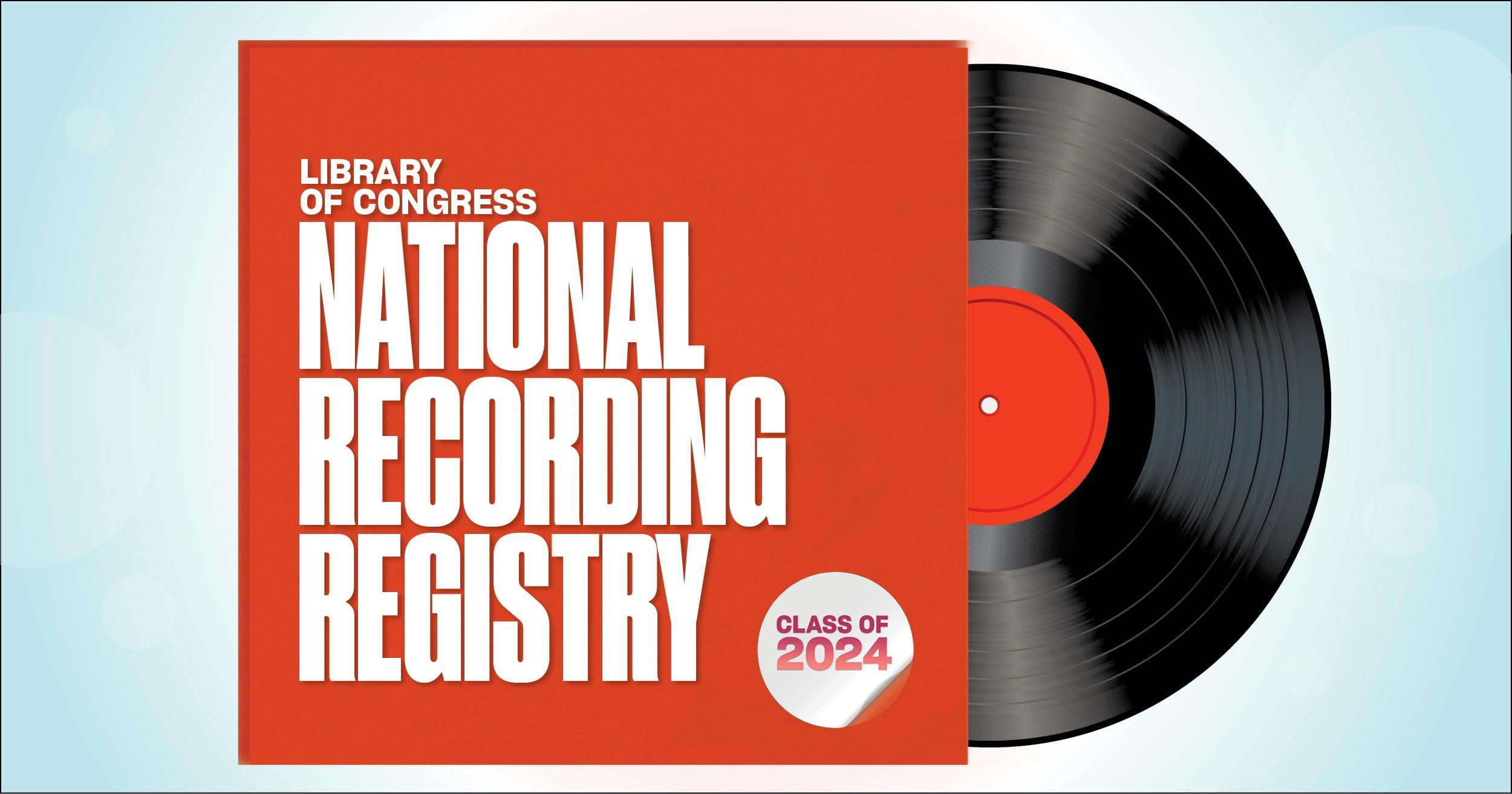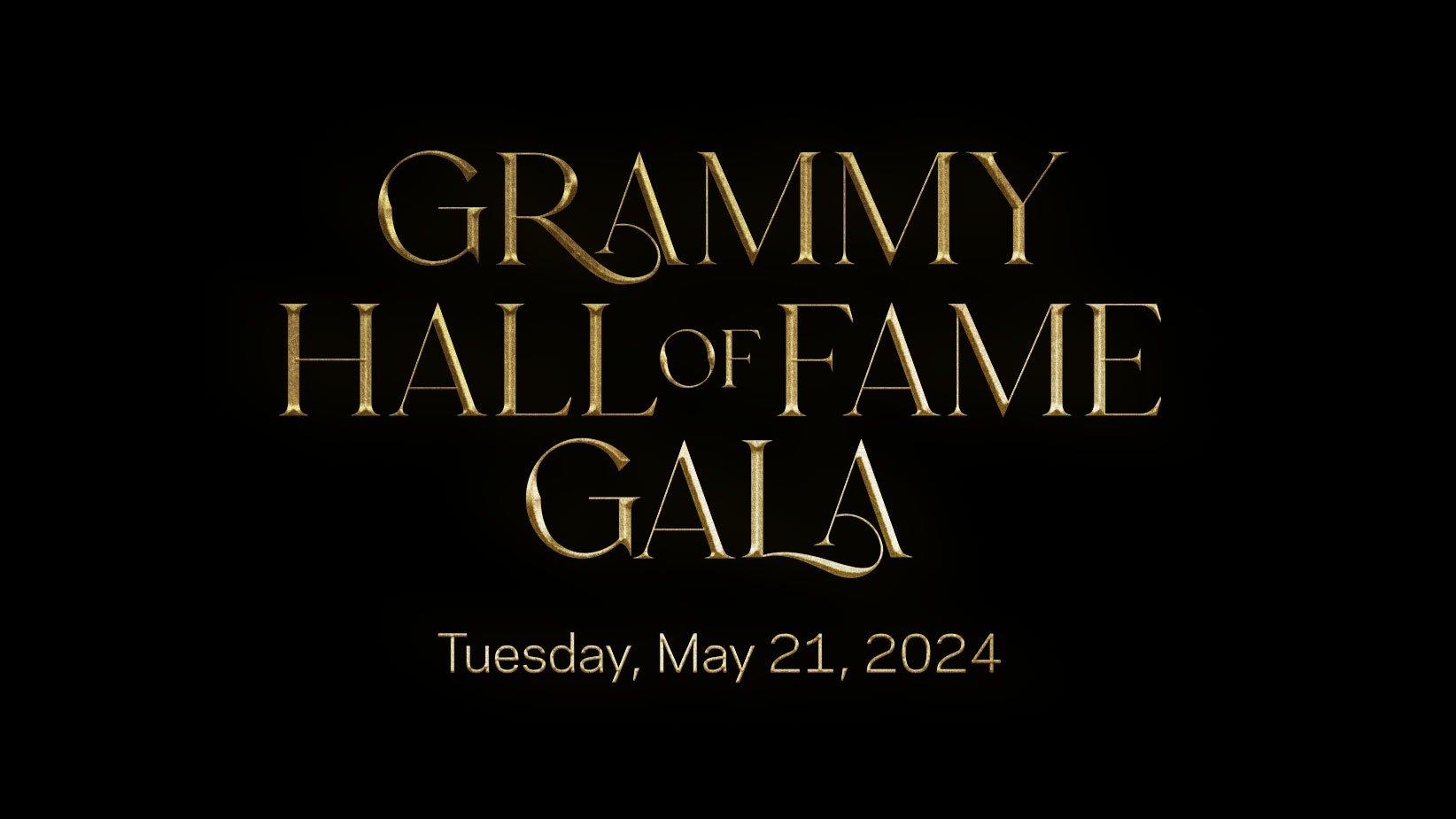It perhaps shouldn't come as a shock that women working in a variety of professional fields face challenges unique to their gender. Those working in the American music industry are no exception.
The newly published Women In The Mix Study — released today by the Recording Academy, Arizona State University (ASU) and Berklee College of Music Institute for Creative Entrepreneurship (BerkleeICE) — explores the experiences and socioeconomic landscape of women and gender-expansive people working in music. Built on data from a 2019 study conducted by the Berklee College of Music, the Women In The Mix Study surveyed more than 1,600 professionals working in various capacities — from behind the scenes to center stage — and at all levels, with all ages, races and ethnicities responding.
The Women In The Mix Study explores demographic characteristics, employment experiences, career challenges, job satisfaction, family decisions, and pathways into the music industry. More than 1,000 respondents also provided suggestions for improving the climate for women in music.
Ultimately, the study is designed to influence advocates, allies and leaders in music to work toward a more inclusive and equitable industry, while amplifying women's voices.
"The Women In The Mix Study is a groundbreaking account of the realities and decisions that we as women working in music are publicly and privately making each day," Recording Academy Co-President Valeisha Butterfield Jones said. "By centering this study around active listening, learning and building solutions, we've armed the industry with valuable data about the barriers affecting women in music and how we can together take a stand."
"When trying to create meaningful change you have to speak directly to the people who will be most affected by that change and let them be a part of the conversation," Erin Barra, Director of Popular Music at ASU, added; Barra co-authored the study with Mako Fitts Ward, Ph.D.; Lisa M. Anderson, Ph.D.; and Alaysia M. Brown, M.S.
In celebration of International Women's Day, GRAMMY.com is taking a deep dive into some of the major findings of the Women In The Mix Study.
Read the Women In The Mix Study in full.
Women are underrepresented, overworked and underpaid
The Women In The Mix Study cites work from the University of Southern California's Annenberg Inclusion Initiative, which found that women are severely underrepresented in the music industry, accounting for just 21.6 percent of artists, 12.6 percent of songwriters, and 2.6 percent of producers. The Initiative's annual Inclusion in the Recording Studio report found that there has been no meaningful increase in these numbers over the years.
More than half (57 percent) of Women In The Mix respondents work two or more jobs. Twenty-four percent work between 40-51 hours per week, while an additional 28 percent clock more than 50 hours per week.
Thirty-six percent of respondents earn less than $40,000 per year, and nearly half of them feel like they should be further along in their careers. Nearly half of the respondents who identify as music creators and/or performers reported making less than $40,000 a year.
Approximately 57 percent of music creators felt they should be further along in their career, compared to those working in music education (48.5 percent), event/tour production and management/promotion (41.7 percent), music business (37.4 percent), and music media and technology (32.9 percent).
Discrimination is prevalent — especially for gender-expansive respondents and women of color
Across all racial identities, 84 percent of respondents had faced discrimination. Seventy-seven percent felt they had been treated differently in the music industry because of their gender, while more than 56 percent believed their gender had affected their employment. Music creators and performers experienced this the most, with 65 percent experiencing discrimination. Sixty percent of respondents said they had been discriminated against for their age.
Gender-expansive respondents were less satisfied than those who identified as women by a 16 percent margin. They were twice as likely to make less than $40,000 per year and felt less comfortable in their workplace by a margin of almost 18 percent.
Women of color reported feeling the highest level of discomfort in the workplace and noted less workplace support. More than half of respondents of color felt they should be further along in their careers.
Career advancement is often prioritized over parenthood
Roughly one out of every two respondents said they chose not to have children or had fewer children than they wanted because of their careers. Respondents with children under the age of 18 represent slightly less than two out of every 10 women and gender-expansive people in the music industry.
People who make over $100,000 per year had a 27 percent likelihood of having children. Those earning less than $40,000 a year have a 15 percent likelihood of having children. Women of color are the most likely respondents to have children, though they still reported that their career was a factor in their decision-making around having or rearing children.
Work-life balance development should begin early
While less than half of respondents reported having an internship during their career, 78 percent felt internships contributed to their career.
However, since internships, particularly those in creative fields, are often unpaid, these opportunities may not be feasible for people without sufficient financial and/or supportive resources. Study respondents suggested paid internships as one method of addressing networking, access to opportunity, and work-life balance.
Respondents — many of whom are working more than 40 hours per week — noted that burnout is a significant challenge. Additional and/or mandatory paid days off would also improve work-life balance throughout the industry.
Mentorships and advocacy organizations are valuable
Ninety-three percent of respondents felt that mentoring had contributed to their career. These respondents were more likely to feel they were where they should be in their careers and reported feeling satisfied with their jobs. Respondents suggested that providing access to quality mentorship and mentors can have a profoundly positive effect on the careers of women and gender-expansive people.
Forty percent of respondents were members of advocacy organizations, while 35 percent of respondents cited professional or industry-related organizations as crucial factors to their growth and advancement. Roughly 20 percent mentioned advocacy in their recommendations to help improve the climate for women and gender-expansive people.
However, mentorship and networking are both largely built upon a person's interpersonal skill set, as well as their ability to negotiate and advocate for themselves. By bolstering soft skill development, while also building and strengthening institutional programs, support infrastructure, and active education, the music industry can improve business acumen for women and gender-expansive people early in the employment pipeline.
Organizations should take real action and spend money
Simply saying your business is committed to DEI isn't enough. Women In The Mix Study respondents suggested recruitment pledges — a commitment from hiring managers to recruit diverse and robust candidates — as a means of intentionally addressing access to opportunities and dismantling gatekeeper culture.
Addressing women's representation in music has been a longstanding priority for the Recording Academy. In 2019, the organization launched Women In The Mix, which prompted hundreds of music professionals and organizations to pledge to consider at least two women in the selection process every time a producer or engineer is hired. That same year, the Recording Academy pledged to double the number of women voters in its voting membership by 2025; the organization has reached 60 percent of that goal.
In 2021, the Recording Academy donated a total of $25,000 to five charities and organizations that support the growth of women and girls in production and engineering. Based on the Women In The Mix Study findings, and to help address issues surrounding access to resources and opportunities, the Academy has committed to donating an additional $50,000 to five organizations that support the growth of women and girls in music, including Beats By Girlz, Femme It Forward, Girls Make Beats, She Is The Music, and Women's Audio Mission.
Career satisfaction and passion for the music industry remain high
Despite the challenges around insufficient earnings, burnout, gatekeeper culture, sexism, and the competing demands of creative vision and generating revenue, 78 percent of Women In The Mix Study respondents reported feeling satisfied in their careers. Even in career categories that seem to face the most obstacles — such as freelancers and music creators and performers — more than 80 percent of respondents said they felt satisfied. Respondents working in event and tour production, management and promotion were the least satisfied, noting a 65 percent satisfaction rate.
Such satisfaction may be the result of inherent passion: Over half of respondents said that their pathway into their careers was through their inherent love for and excitement about the music industry.
10 Ways To Support Women Musicians & Creators Year-Round





